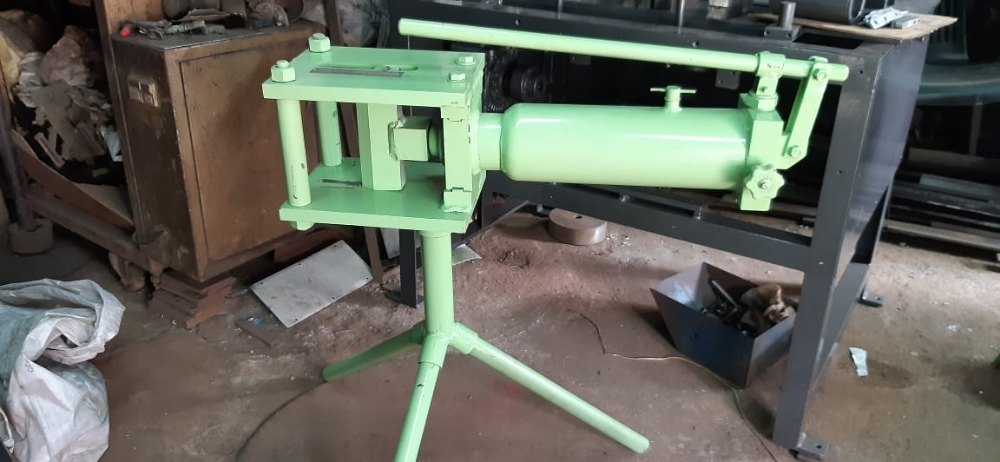In the quest for energy efficiency and enhanced comfort, vacuum glazed hung window are emerging as a groundbreaking innovation in building technology. These windows, also known as vacuum insulated glazing (VIG), leverage the principles of thermal insulation and advanced engineering to provide superior performance compared to traditional double or triple-pane windows. This article delves into the technology, benefits, and potential applications of vacuum windows.
Understanding Vacuum Windows
At their core, vacuum windows consist of two or more layers of glass separated by a narrow vacuum gap, typically around 0.1 to 0.2 millimeters. The vacuum gap serves as an effective insulator because it eliminates the gas molecules that usually conduct heat in traditional windows. The absence of air (or any gas) between the glass panes means that heat transfer via convection and conduction is significantly reduced, leading to improved thermal performance.
How They Work
The key to vacuum windows’ effectiveness lies in their ability to minimize all three modes of heat transfer: conduction, convection, and radiation.
- Conduction: In regular windows, heat is transferred through the gas-filled space between the panes. In vacuum windows, the vacuum gap eliminates this conductive path, drastically reducing heat transfer.
- Convection: In standard windows, gas molecules circulate and transfer heat via convection currents. The vacuum gap in VIG windows removes the medium for these currents, thus mitigating heat transfer.
- Radiation: The inner surfaces of the glass panes in vacuum windows are often coated with a low-emissivity (low-E) coating. This special coating reflects infrared radiation, further reducing heat loss and improving insulation.
Benefits of Vacuum Windows
1. Superior Thermal Insulation:
Vacuum windows offer thermal insulation values that are significantly higher than conventional windows. This means they can keep indoor environments warmer in the winter and cooler in the summer, leading to substantial energy savings on heating and cooling costs.
2. Noise Reduction:
The vacuum gap also acts as an effective barrier against sound transmission, making vacuum windows excellent for noise reduction. This feature is particularly beneficial in urban areas or near busy roads where noise pollution is a concern.
3. Thinner and Lighter Design:
Despite their superior insulating properties, vacuum windows can be made thinner and lighter than traditional triple-pane windows. This makes them easier to install and more compatible with existing window frames.
4. Enhanced Durability:
Vacuum windows are designed to withstand significant temperature fluctuations and environmental stresses. The vacuum seal is robust and long-lasting, ensuring consistent performance over time.
5. Environmental Benefits:
By reducing the need for heating and cooling, vacuum windows contribute to lower carbon emissions. Additionally, their longevity and efficiency align with sustainable building practices.
Potential Applications
Residential Buildings:
Homeowners can benefit from the energy savings and comfort provided by vacuum windows. They are particularly useful in climates with extreme temperatures, where traditional windows often fall short.
Commercial Buildings:
In office buildings, hotels, and other commercial spaces, vacuum windows can enhance energy efficiency, reduce operational costs, and provide a more comfortable environment for occupants.
Historical Buildings:
Vacuum windows can be designed to mimic the appearance of traditional windows, making them suitable for retrofitting historical buildings without compromising their aesthetic integrity.
Automotive Industry:
The automotive sector is also exploring the use of vacuum windows to improve the thermal efficiency and comfort of vehicles, particularly in electric cars where energy efficiency is paramount.
Challenges and Future Outlook
While vacuum windows hold immense promise, they are not without challenges. The manufacturing process is more complex and costly compared to traditional windows, which can make initial installation more expensive. However, as technology advances and production scales up, costs are expected to decrease, making vacuum windows more accessible to a broader market.
Furthermore, ongoing research and development are focused on improving the durability of the vacuum seal and exploring new


